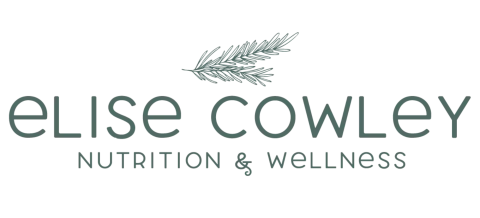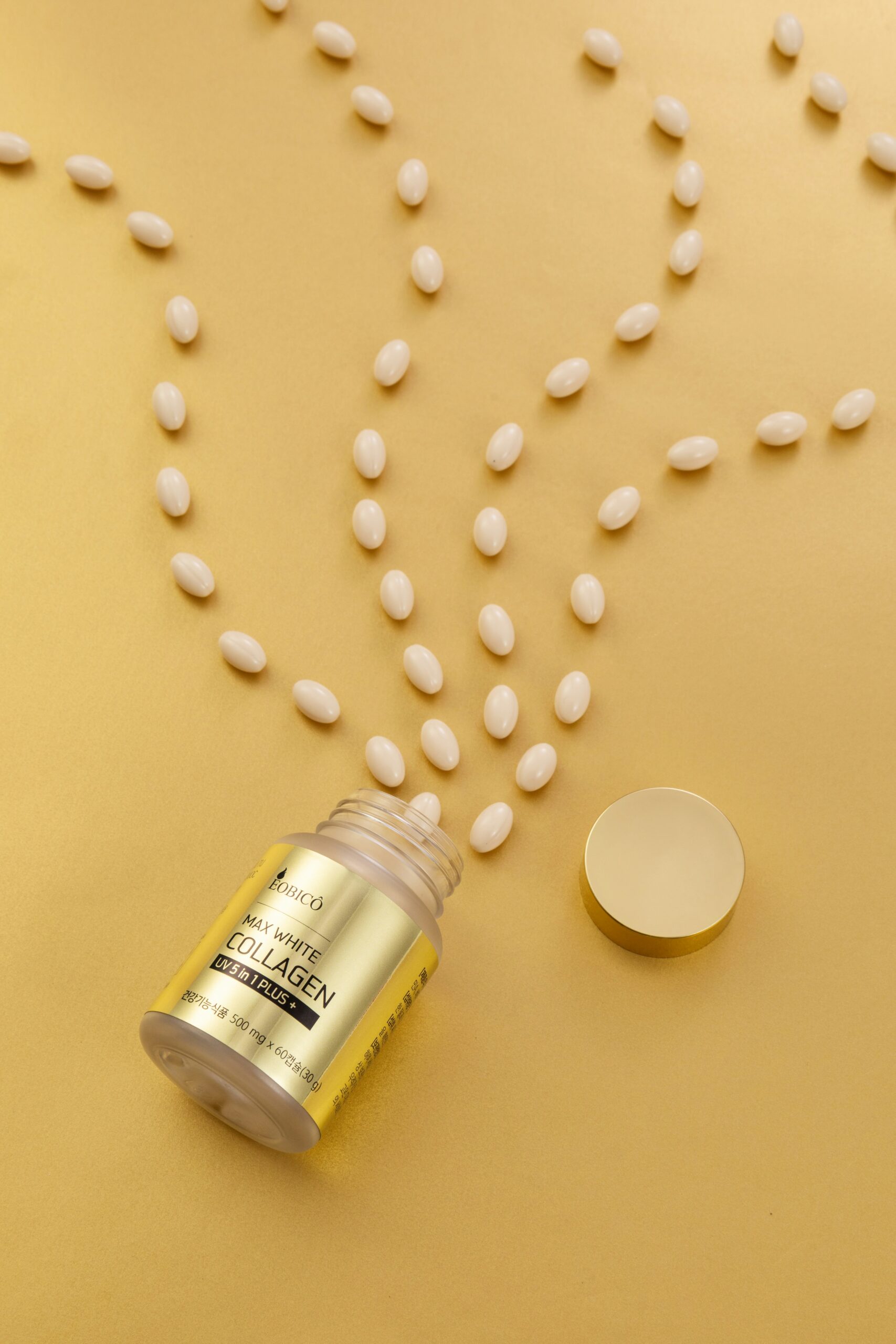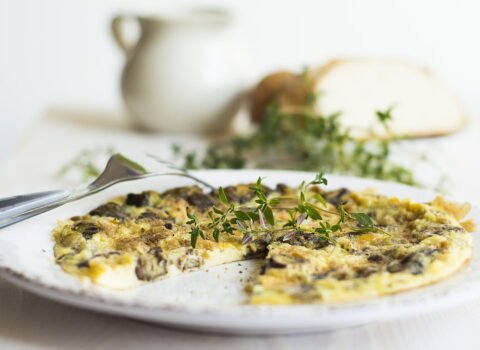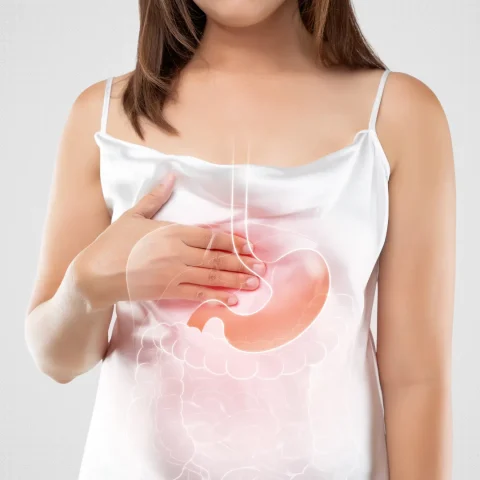If you’ve had even the slightest interest in health over the past several years, chances are you’ve come across the topic of collagen. Collagen has been celebrated for its youth-giving properties in skin health and is well-touted as a reparative supplement in joint and musculoskeletal health. So, if collagen is so good for your body, does consuming collagen while breastfeeding have the same benefits during your postpartum period?
This article will explore what collagen is and cover the many benefits associated with collagen intake during the important phases of pregnancy and breastfeeding. And if you’re wondering how to get collagen into your diet, you’re in luck! Keep reading for a slow-cooked chicken bone broth recipe rich in collagen and other essential nutrients to support your postpartum recovery.
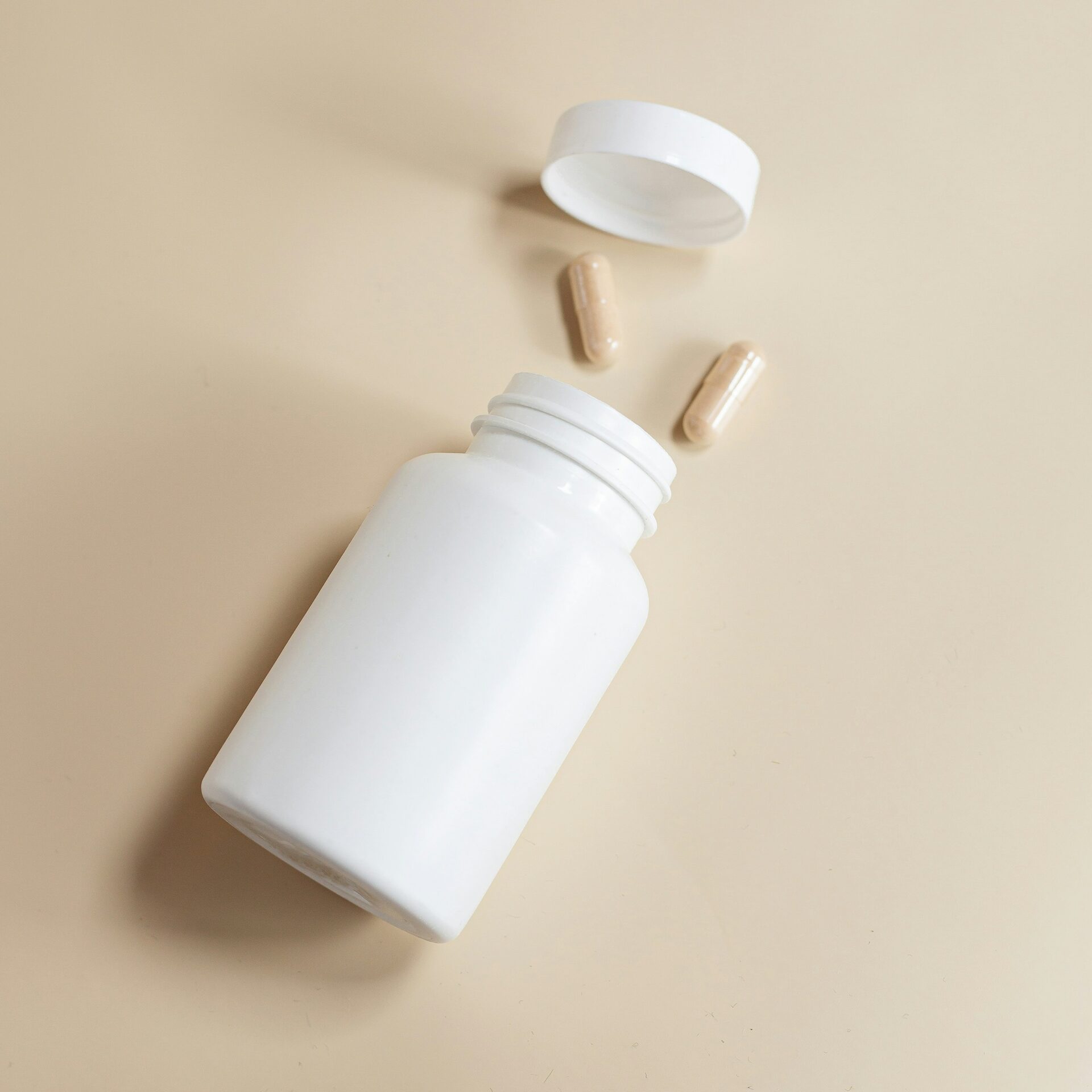
What is Collagen?
Collagen is the most abundant protein in the human body. It provides structure to many body tissues, including the skin, bones, ligaments, and tendons. It is often referred to as the ‘glue’ that holds the body together. Collagen has specific physical properties, including robust tensile strength and strong elasticity. It provides ‘scaffolding’, promoting tissue adherence and remodelling. These features play a big part in the amazing wound-healing processes that collagen is famous for.
How is Collagen Made?
Collagen synthesis is a complex process that occurs within the body. It involves several key steps and requires various co-factor nutrients. The process begins with the creation of procollagen, made from two amino acids: glycine and proline, as well as the cofactor vitamin C. Two subsequent steps follow involving zinc and copper to yield the final protein: collagen.
Types of Collagen
There are at least 28 known types of collagen, each playing a unique role in the body. However, types I, II, III, and IV are the most relevant types involved in human health. Getting enough protein and enjoying collagen-rich foods can help ensure you have all the starting nutrients you need to make collagen endogenously (within the body).
Let’s take a look at the most common types of collagen in more detail:
- Type I Collagen: This type is the most abundant in the human body and is essential for skin elasticity and health, bone strength, and the structure of tendons, organs, and tissue. It’s found in marine and bovine sources and is common in skincare and some natural health supplements.
- Type II Collagen: Primarily found in cartilage, type II collagen is vital for joint health and flexibility. Supplements containing type II collagen are often derived from chicken bones and cartilage and are sought after for their benefits in joint recovery and tissue support.
- Type III Collagen: This type supports the structure of the retina, skin, muscles, the uterus, blood vessels and arteries. It’s closely linked with type I collagen and is abundant in bovine collagen sources. Its benefits are often associated with skin health and elasticity, alongside vascular health.
- Type IV Collagen: Type IV collagen is critical in filtration and is found in most foundational skin layers and capillaries. It helps with filtration and is involved in forming tissues surrounding organs, muscles, and fat.
Understanding the different types of collagen can help you customise your diet to meet your body’s high-nutrient needs during times of growth and repair, especially during pregnancy and breastfeeding.
Benefits of Collagen While Breastfeeding

Breastfeeding and pregnancy put significant demands on the body, and collagen may offer several potential benefits during these times:
- Improved Skin Elasticity: Hormonal changes during pregnancy and the physical stretch of the abdomen can affect skin elasticity. Collagen may help improve skin health and elasticity, aiding postpartum skin recovery.
- Joint Support: Rapid growth during pregnancy can strain the joints; collagen may support joint health and alleviate discomfort.
- Hair and Nail Growth: Many mothers experience changes in hair and nail strength. Collagen has been implicated in promoting healthy hair and nails.
- Tissue Repair and Postpartum Recovery: Collagen’s role in tissue repair may benefit perineum healing and abdominal muscle healing after childbirth.
The Best Food Sources of Collagen
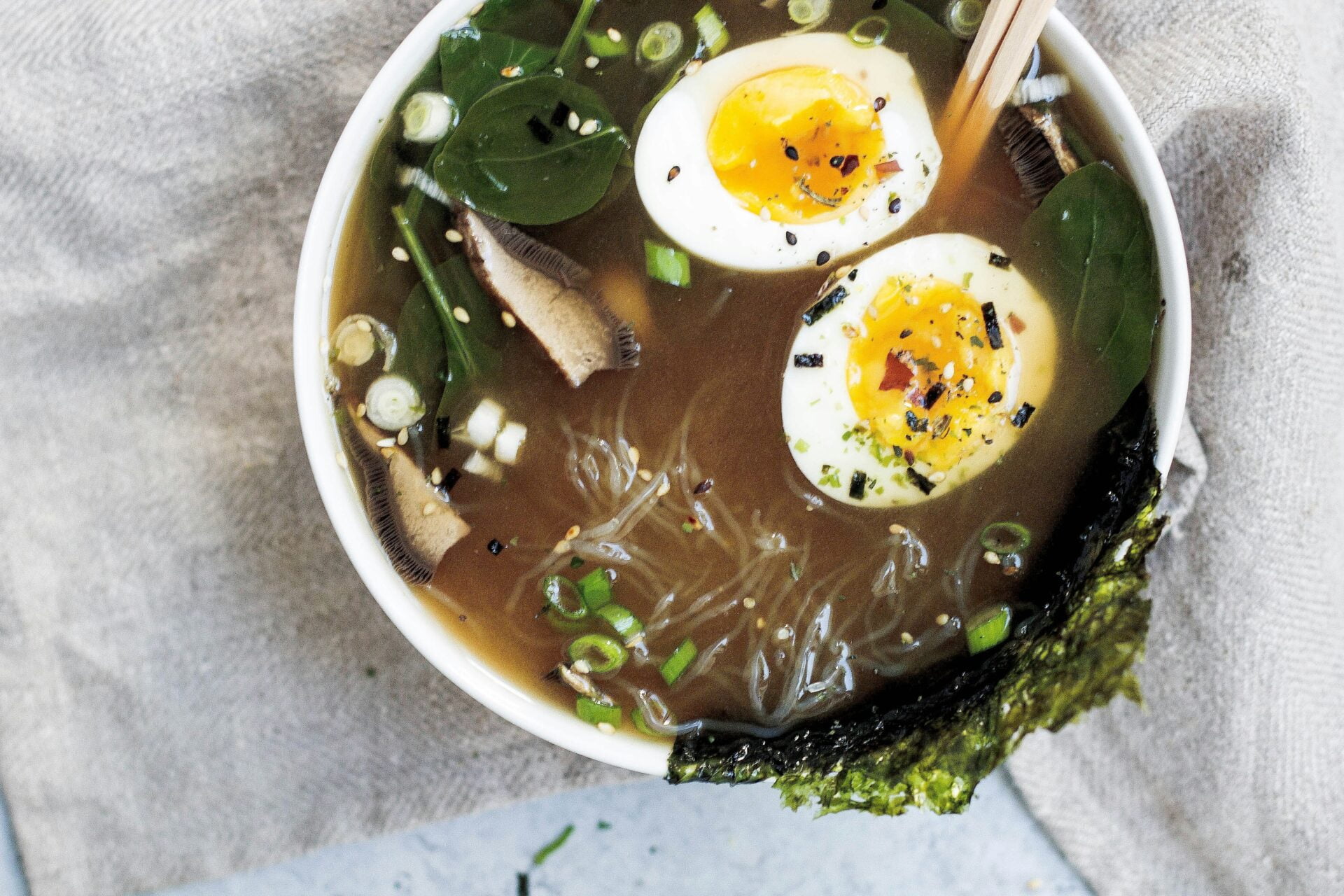
Here are some excellent food sources of collagen:
- Bone Broth: Made by simmering bones for an extended period, bone broth is rich in collagen and can be a warm, nourishing elixir, ideal for gut health as well as a nutritious soup for breastfeeding mothers.
- Seaweed, Fish and Shellfish: Interestingly, marine collagen sources demonstrate the best bioavailability and functional activity for skin and wound healing. Traditional cultures and midwives worldwide have frequently applied patches of seaweed (which is rich in collagen) to help heal perineal tears after childbirth.
- Chicken: Chicken a primary component in many collagen supplements and broths, is an excellent source of dietary collagen.
- Eggs: While they don’t contain connective tissues like other collagen-rich foods, egg whites have large amounts of the precursory amino acids required for collagen production.
Risks and Considerations of Collagen Consumption While Breastfeeding
There are no known risks associated with collagen consumption that could negatively impact your baby while breastfeeding. The main goal is to ensure you include high-quality natural sources of collagen in your diet to promote tissue healing while also enjoying the other benefits of these foods.
If you’re considering supplemental forms of collagen, such as in a powder or capsule, make sure to check the label for any potential allergens or additives. Ideally, you should consult with a trusted health provider and choose a product that has pure collagen or gelatin from reputable sources.
Nourish Your Body with Collagen-Rich Foods During Your Postpartum Period
Enjoying collagen-rich foods in your postpartum diet offers many benefits, primarily aiding in the skin and connective tissue healing post-birth. Foods like bone broth, seaweed, fish, chicken, and eggs are great sources of collagen that your body can readily digest. These essential nutrients contribute to a nutritious dietary routine that supports you during breastfeeding. While pursuing collagen supplements might be an option for some, focusing on natural sources means you’re enjoying additional nutrients in their natural form, which have far-reaching benefits on your maternal health.
Collagen-Rich Postpartum Recipe
Slow-Cooked Chicken Bone Broth
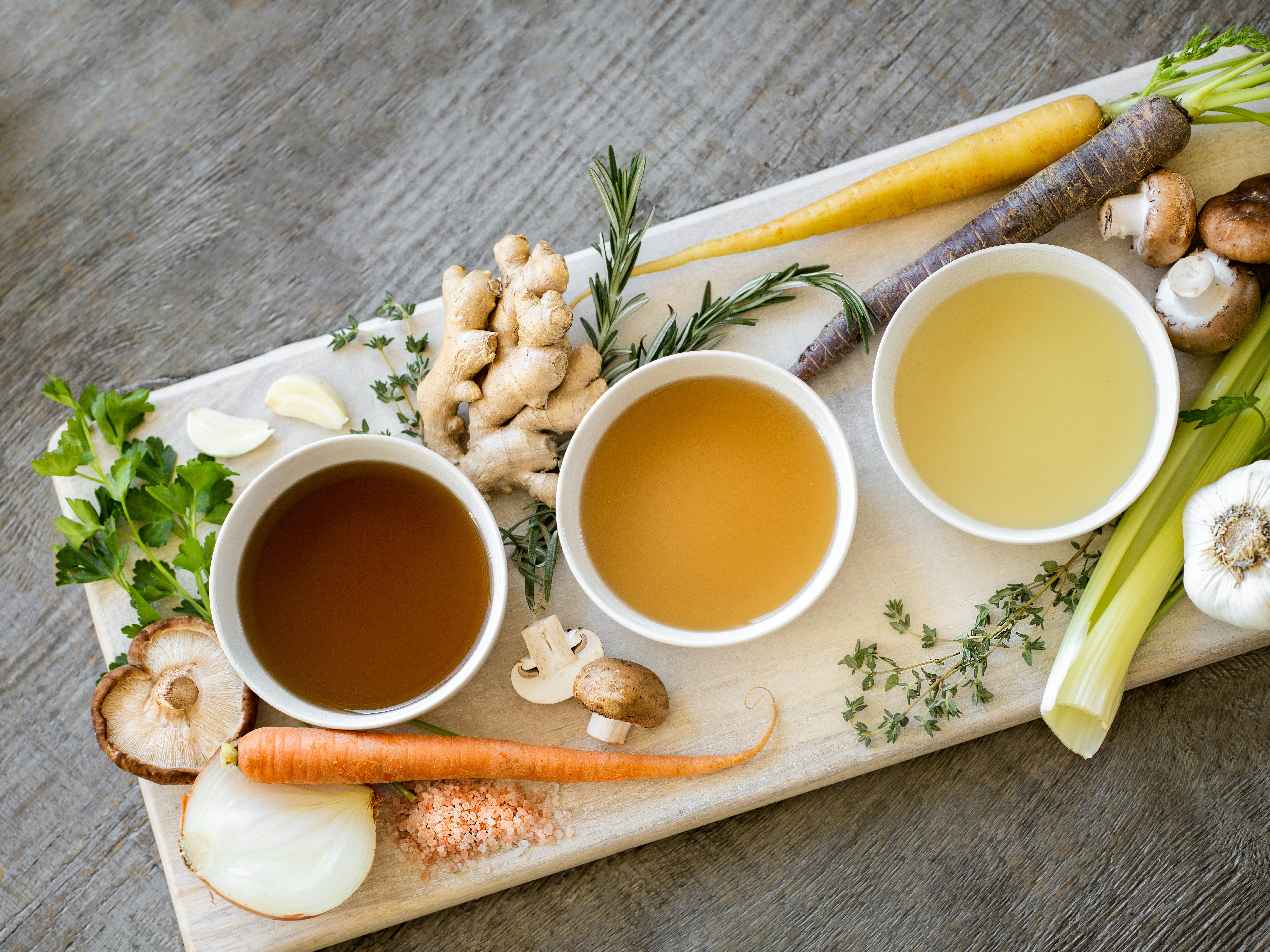
The slow simmering process of making a traditional bone broth allows the release of natural collagen and minerals into a soulful and nourishing stock. This collagen-rich broth can be used as a base for sauces, soups, curries, stews or enjoyed on its own.
Ingredients
- 1 carcass from a 1.5kg roasted chicken (bones, skin, and cartilage included)
- 6 cups of water
- 1/2 medium onion, quartered
- 1 large carrot, chopped
- 2-3 cloves of garlic, whole
- 2 celery stalks, chopped
- 1/4 cup of apple cider vinegar
- A few sprigs of fresh thyme and rosemary (optional)
- A pinch of sea salt
- A handful of whole black peppercorns
Method
- Prep the Bones: If you haven’t already, roast your chicken carcass slightly to enhance the flavour. This step is optional but recommended if your chicken bones are not already roasted. You can also use the carcass of a rotisserie chicken to speed things up!
- Combine Ingredients in Slow Cooker: Place the chicken carcass into your slow cooker. Add the chopped vegetables (onion, carrot, celery), whole garlic cloves, and herbs if using. Pour in the apple cider vinegar — this helps break down the cartilage and bones, extracting all the wonderful nutrients.
- Add Water and Season: Pour in 6 cups of water so that it just covers the ingredients in the slow cooker. Season with salt and pepper. Remember, you can always add more seasoning later to taste.
- Cook on Low: Cover the slow cooker and set it to cook on low for 24 hours. The long cooking time allows for maximum flavour extraction and nutrient release from the bones.
- Strain and Store: After the cooking time is up, carefully strain the broth through a fine-mesh strainer into a large bowl or pot, discarding the solids. Allow the broth to cool slightly before transferring it to storage containers.
- Refrigerate or Freeze: The broth can be refrigerated for up to 5 days or frozen for longer storage. If refrigerating, any fat that solidifies on the top can be removed once it’s cold. But it’s better to keep it in for maximum flavour and nutrients.
- Enjoy: Use your homemade chicken bone broth as a base for soups, stews and sauces or enjoy it warmed with a bit of salt for a comforting and nutritious drink.
References
Coppola, D., Oliviero, M., Vitale, G. A., Lauritano, C., D’Ambra, I., Iannace, S., & de Pascale, D. (2020). Marine Collagen from Alternative and Sustainable Sources: Extraction, Processing and Applications. Marine drugs, 18(4), 214. https://doi.org/10.3390/md18040214
Cruz, M. A., Araujo, T. A., Avanzi, I. R., Parisi, J. R., de Andrade, A. L. M., & Rennó, A. C. M. (2021). Collagen from Marine Sources and Skin Wound Healing in Animal Experimental Studies: a Systematic Review. Marine biotechnology (New York, N.Y.), 23(1), 1–11. https://doi.org/10.1007/s10126-020-10011-6
León-López, A., Morales-Peñaloza, A., Martínez-Juárez, V. M., Vargas-Torres, A., Zeugolis, D. I., & Aguirre-Álvarez, G. (2019). Hydrolyzed Collagen-Sources and Applications. Molecules (Basel, Switzerland), 24(22), 4031. https://doi.org/10.3390/molecules24224031
Liu, D., Nikoo, M., Boran, G., Zhou, P., & Regenstein, J. M. (2015). Collagen and gelatin. Annual review of food science and technology, 6, 527–557. https://doi.org/10.1146/annurev-food-031414-111800
Shahrajabian, M. H., & Sun, W. (2024). Mechanism of Action of Collagen and Epidermal Growth Factor: A Review on Theory and Research Methods. Mini reviews in medicinal chemistry, 24(4), 453–477. https://doi.org/10.2174/1389557523666230816090054
Sharma, S., Rai, V. K., Narang, R. K., & Markandeywar, T. S. (2022). Collagen-based formulations for wound healing: A literature review. Life sciences, 290, 120096. https://doi.org/10.1016/j.lfs.2021.120096
